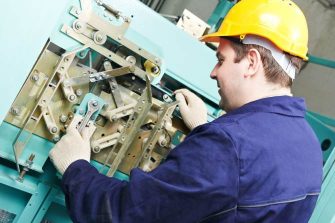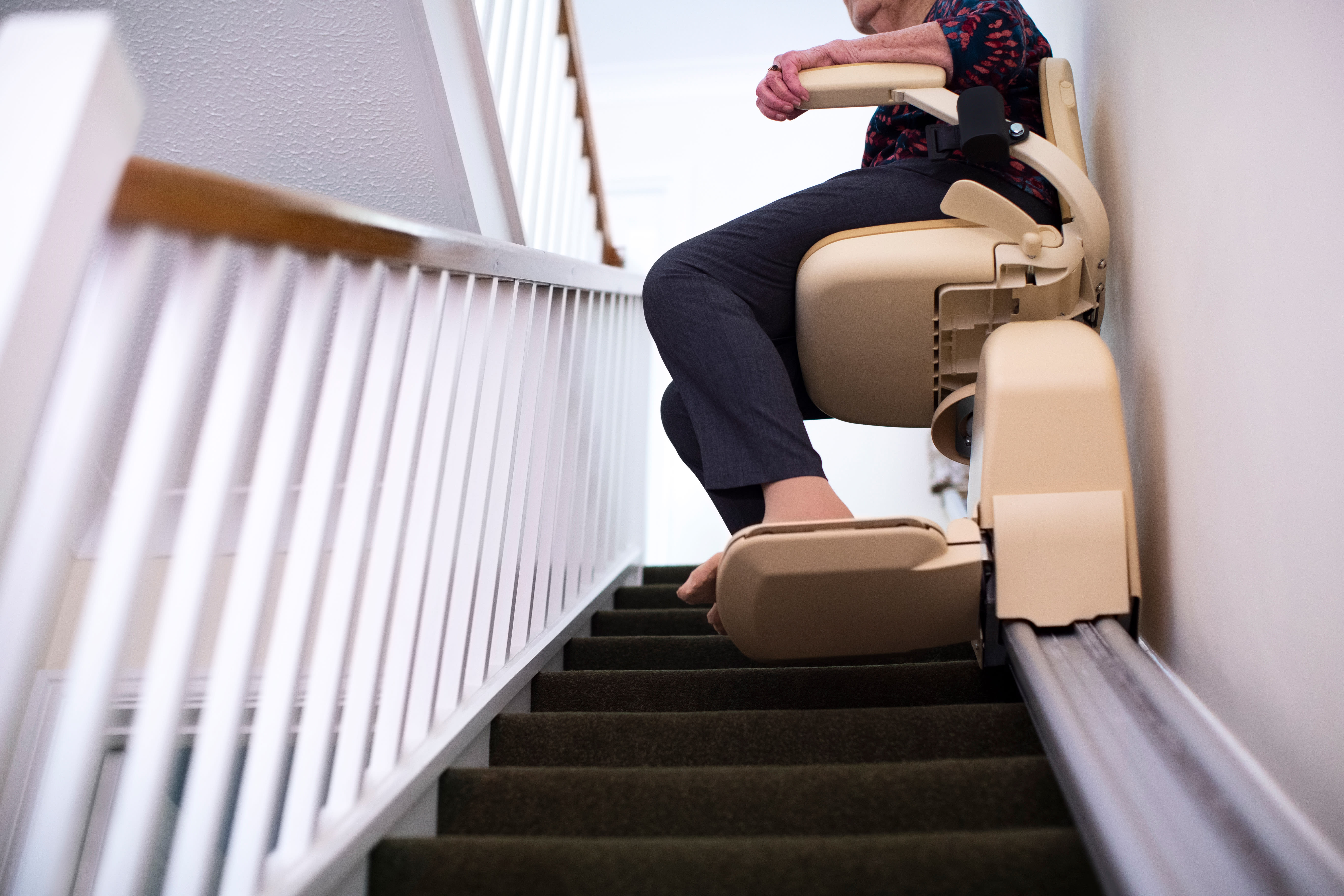Efficient Lift Breakdown Solutions: What to Anticipate From Leading Lift Repair Services
Specialist Tips for Ensuring Safety And Security Throughout Comprehensive Lift Fixing Treatments
In the world of extensive lift repair treatments, safety stands as an extremely important issue that demands careful focus to information and adherence to established procedures. As the intricate interplay of equipment and human intervention unravels, a strategic technique to security ends up being the cornerstone for successful repair work operations.
Security Equipment Requirements
The security gear demands for lift repair work procedures are crucial to ensure the well-being of maintenance personnel. When working on lifts, maintenance personnel should adhere to stringent security procedures by using proper equipment such as difficult hats, security goggles, gloves, steel-toed boots, and high-visibility vests.
Hard hats are important for securing against head injuries from bumping or falling objects into overhead frameworks. Safety and security safety glasses safeguard the eyes from particles, chemicals, or triggers that might be produced during repair. Handwear covers supply hand security from cuts, burns, or electrical shocks, while steel-toed boots offer foot protection from hefty items or devices. High-visibility vests ensure that upkeep workers are quickly seen by others, decreasing the risk of crashes as a result of bad visibility. By purely adhering to safety equipment demands, maintenance employees can minimize dangers and work successfully to preserve and repair lifts.

Tools Inspection Checklist
To ensure the maintenance personnel's security and the appropriate functioning of lifts, a thorough tools examination list is imperative prior to commencing any kind of fixing treatments. lift service company. This list should consist of a detailed exam of all parts such as wires, pulley-blocks, electrical systems, and safety mechanisms. It is essential to examine for any signs of damage, deterioration, or damage that may endanger the lift's architectural stability or operational efficiency
Along with mechanical elements, the assessment list need to incorporate safety attributes like emergency brakes, restriction buttons, and overload sensors. These safety and security systems play an important role in ensuring and protecting against mishaps user defense during lift procedure.
In addition, verifying the calibration of control systems, confirming correct ventilation and illumination within the lift shaft, and examining for any type of blockages or particles are important action in the inspection process. Routine maintenance and adherence to the devices examination checklist not only improve safety and security protocols yet additionally extend the life expectancy of the lift system, minimizing the chance of unforeseen failures or expensive fixings.
Hazard Identification Techniques
Utilizing methodical evaluation approaches, threat identification techniques are employed to identify prospective dangers within lift repair work procedures. These methods include a thorough assessment of the repair environment, equipment, and tasks involved to identify any threats that could result in injuries or mishaps. One common technique is the Job Safety Evaluation (JSA), where each action of the repair process is carefully analyzed to identify possible threats and figure out the very best precaution to reduce them. Additionally, Failure Mode and Effects Evaluation (FMEA) can be made use of to expect potential failing factors in the repair work procedure and create safety nets to resolve them proactively.

Emergency Response Readiness
With a concentrate on ensuring swift and reliable reaction to unforeseen scenarios, emergency response readiness is an essential facet of preserving safety and security throughout lift repair treatments. Focusing on emergency readiness includes developing clear communication networks, assigning particular duties and obligations, and conducting routine drills to examination reaction times and methods.
Secret components of emergency feedback preparedness include having conveniently available emergency treatment packages, fire extinguishers, and emergency get in touch with details prominently showed. It is important to educate all personnel entailed in lift repair procedures on emergency situation response procedures, consisting of just how to safely evacuate the location in instance of a fire or other emergencies.
In addition, developing a detailed emergency situation response plan certain to raise fixing scenarios can assist lessen possible threats and ensure a timely and collaborated feedback in case of an incident. Frequently examining and upgrading this strategy based on lessons gained from previous drills or occurrences is essential to constantly improve safety measures during lift repair work treatments.
Ongoing Safety Training
Continuous education and training in security procedures is an essential component of guaranteeing the recurring safety and security of employees throughout lift fixing treatments. Recurring security training plays a vital function in keeping workers informed concerning the most recent safety criteria, methods, and ideal techniques in the market (lift breakdown). By giving normal training sessions, workers can stay current on prospective hazards, safe job procedures, and emergency methods certain to raise fixing atmospheres
Regular safety and security training likewise helps enhance the significance of following safety and security guidelines and procedures in any way times. It instills a safety-conscious frame of mind amongst workers, advertising a culture of safety and security within the work environment. Additionally, recurring training allows employees to revitalize their expertise and skills, boosting their preparedness to take care of any type of unforeseen security challenges that might develop during lift repair lift repair service operations.
To make sure the effectiveness of continuous safety and security training, it is important to customize the content to the details risks and demands related to lift fixing treatments - platform lift dimensions. Companies ought to regularly examine training demands, provide chances for hands-on technique, and encourage open communication regarding security problems among all personnel included in lift fixing procedures
Conclusion
Finally, making sure safety and security throughout comprehensive lift repair treatments is essential for avoiding injuries and mishaps. By adhering to safety and security equipment needs, performing equipment inspections, identifying risks, getting ready for emergency situations, and giving recurring safety and security training, employees can decrease threats and develop a secure job setting. Focusing on safety and security actions and remaining watchful throughout the repair work process will aid shield both employees and the tools being serviced.
When functioning on lifts, maintenance personnel must stick to rigorous safety and security methods by using proper gear such as hard hats, safety goggles, handwear covers, steel-toed boots, and high-visibility vests. One typical method is the Job Safety And Security Evaluation (JSA), where each step of the repair procedure is very carefully evaluated to identify possible dangers and determine the best safety and security steps to mitigate them.Continual education and learning and training in security protocols is a basic element of guaranteeing the recurring security of personnel throughout lift repair work treatments.Routine safety training additionally helps enhance the value of following safety and security guidelines and treatments at all times. By following safety and security gear needs, conducting tools evaluations, recognizing risks, preparing for emergency situations, and supplying ongoing safety and security training, employees can reduce threats and create a risk-free work atmosphere.